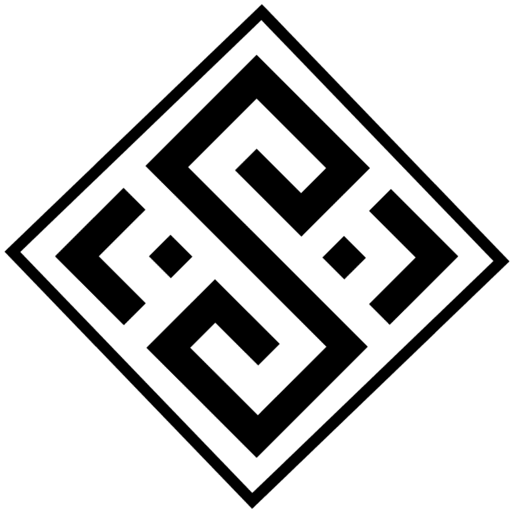One of the most important centers of weaving in Iran is the province of Markazi, and specifically the region of Sultanabad-e-Qadim or present-day Arak. The Arak carpet weaving school is a vast system, with each area having numerous villages that have their own unique story in terms of the artistic (weaving style) and aesthetic aspects (design and pattern, color scheme, and dimensions) of carpet weaving and production. From a research and introduction perspective, the history of Arak carpet weaving, with its rich background in carpet production and export, has been neglected. This article aims to introduce and analyze three weaving centers from this school, namely Sarough (the center of legendary carpets and home of world-renowned brands), Mashhadabad, and Mahal, along with prominent examples of designs and patterns in these regions, which have gained more popularity and recognition. The findings of this research show that the most important and prominent designs and patterns of Sarough carpets are the Lachak and Toreng designs, which have been designed, produced, and exported in countless shapes and color schemes. Similarly, the popular designs in the Mashhadabad region include the ancient and authentic Golehenna design, as well as the Taramiz and Bazubandi designs, and the most prominent designs in the Mahal region (local and coarse carpets) are the Afshan and Toranj-e-Lu’zi designs. The most significant finding is that there is no place or region called “Mahal,” and this name is actually used for local and coarse-woven carpets that were mostly woven to produce valuable and export-oriented carpets before the establishment of domestic and foreign companies.
Ziegler’s, a British firm, opened a carpet factory in this region in 1883 to produce rugs that could be marketed in Europe and the USA. By the turn of the century, Ziegler controlled over 2500 looms in this district. The Mahallat produces a high-quality rug known as Mahal, and Sarough is also famous for producing exquisite pieces. The surrounding villages produce rugs that tend to look more tribal. Ferahans and Serabands are also very recognized worldwide for their high-quality weave and rich history, while Mirabad produces high-quality carpets with an overall design known as the Mir. All the rugs made in this area are unique, but some of them have a striking resemblance.
The rugs in this region range from medium to fine quality, but all of them are 100% handmade and authentic. The pile of the rugs is made of wool, and they are woven using asymmetrical Persian knots to tie each loop one by one. Cotton or goat hair is used for the foundation, with cotton being used more often, and the wool used in the rugs is hand-spun, usually from the weaver’s own sheep. Although silk pile or silk foundation is rare, some rugs have a pile of silk and wool blend. The Sarough is the most famous rug from this region, known for its exceptional quality. The Mahal, Ferahan, Seraband, and Mir are also of high quality, and the rugs from other villages are also durable and can last an incredibly long period of time.
The colors of the rugs are mainly vegetable dyes, and the carpets usually follow the famous ‘Mahi’ (fish) design, sometimes referred to as ‘Herati’. This is an elegant all-over pattern that complements every style of furniture. The rugs are completely unique and one-of-a-kind pieces that will significantly enhance any room in any home. The entire area is important and precious to the Persian rug community and deserves the respect it gets.
